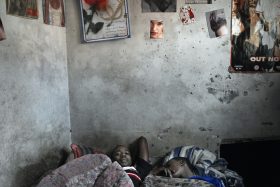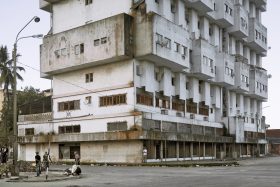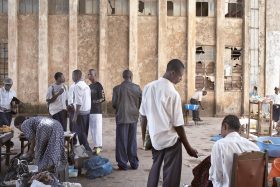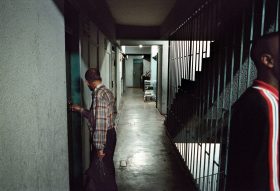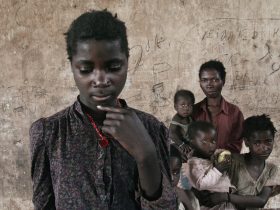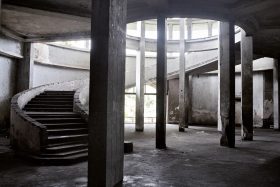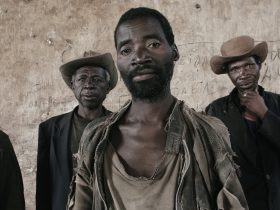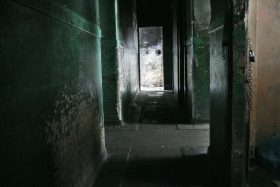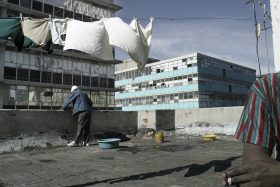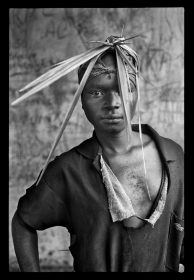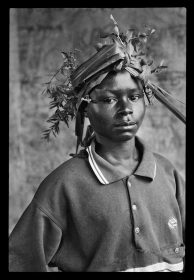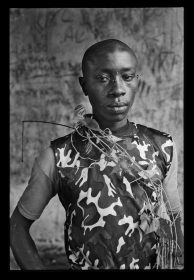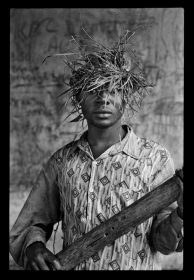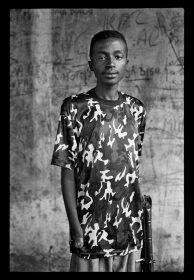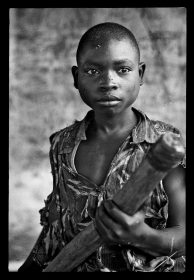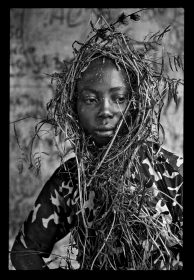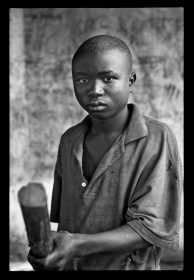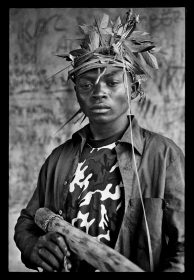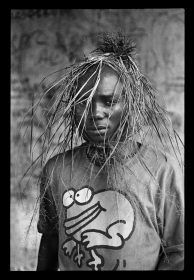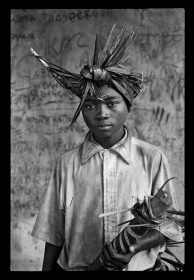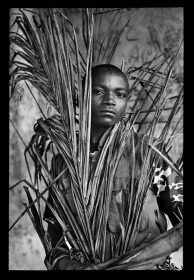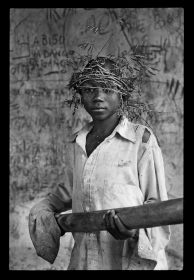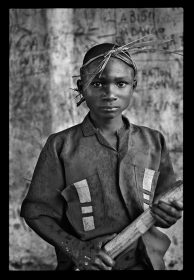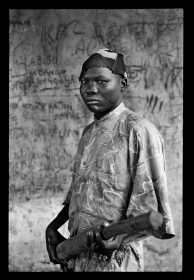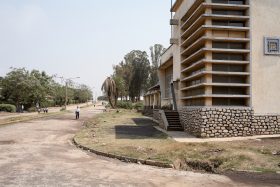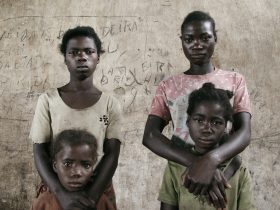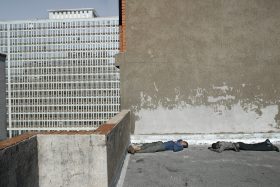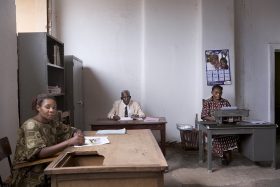Artworks by Tillim, Guy
![Gt 236 01]()
A Map of Central Johannesburg at the Inner City Regeneration Project Office, City Council Loveday Street
![Gt 236 03]()
AI's Tower, a Block of Flats on Harrow Road, Berea, overlooking the Ponte Building
![Gt 236 15]()
Al's Tower, Joel Road, Berea
![Gt 943 01]()
Apartment Building, Avenue Bagamoyo, Beira, Mozambique
![Gt 943 02]()
Apartment Building, Beira, Mozambique
![Gt 261 01]()
Arao Shingawule, Adrian Pacasi, Pedro Gitali and Jose Arao
![Gt 943 03]()
Athénée Royal High School, Lubumbashi, DR Congo
![Gt 236 05]()
Barber's Shop, Hillbrow
![Gt 236 08]()
Cape Agulhas, Esselen Street, Hillbrow
![Gt 236 04]()
Cape Agulhas, Esselen Street, Hillbrow
![Gt 236 16]()
Eviction by the Red Ants, Auret Street, Jeppestown
![Gt 261 02]()
Fiorinda Ngoma, her mother Rosalia Nahamba (holding baby Filomena Lasinda), and her sister Rosali Sindali, holding baby Guerra
![Gt 236 25]()
Grafton Road, Yeoville
![Gt 943 04]()
Grande Hotel, Beira, Mozambique
![Gt 943 06]()
Grande Hotel, Beira, Mozambique
![Gt 261 03]()
Justino Ngene, Laurino Bongue and Faucino Hando
![Gt 236 09]()
Kenny Ncube on the Balcony of his Flat in Sherwood Heights, Smit Street
![Gt 236 06]()
Manhattan Court, Plein Street
![Gt 236 11]()
Mathews Ngwenya at his place in Sherwood Heights, Smit Street
![Gt 236 12]()
Mbulelo at the bar he runs in a house in Joel Road, Berea
![Gt 236 13]()
Mbulelo's bar, Joel Road, Berea
![Gt 236 14]()
Mbulelo's bar, Joel Road, Berea. Justice Sibanyone (centre) and his wife Monica (extreme left)
![Gt 236 21]()
Milton Court, Pritchard Street
![Gt 236 23]()
Ntokozo (right) and his brother Vusi Tshabalala at Ntokozo's place, Milton Court, Pritchard Street
![Gt 236 19]()
On the Roof of Jeanwell House on Nugget Street
![Gt-272-01]()
Portrait I
![Gt-272-02]()
Portrait II
![Gt-272-03]()
Portrait III
![Gt-272-04]()
Portrait IV
![Gt-272-09]()
Portrait IX
![Gt-272-05]()
Portrait V
![Gt-272-06]()
Portrait VI
![Gt-272-07]()
Portrait VII
![Gt-272-08]()
Portrait VIII
![Gt-272-10]()
Portrait X
![Gt-272-11]()
Portrait XI
![Gt-272-12]()
Portrait XII
![Gt-272-13]()
Portrait XIII
![Gt-272-14]()
Portrait XIV
![Gt-272-15]()
Portrait XV
![Gt-272-16]()
Portrait XVI
![Gt 943 05]()
Post Office, Likasi, DR Congo
![Gt 236 24]()
San Jose, Olivia Street, Berea
![Gt 261 04]()
Sisters Bertha Chquia and Jamba Rosa, and Sisters Louisa Vuyuyu and Maria Namunga
![Gt 236 07]()
Stanhope Mansions, Plein Street
![Gt 236 20]()
Tayob Towers, Pritchard Street
![Gt 236 17]()
The Red Ants Evict Residents of Crest House, Main Street, Jeppestown
![Gt 236 18]()
The Roof of Sherwood Heights, Smit Street
![Gt 236 22]()
The view from an apartment in Jeanwell House overlooking the intersection of Nugget and Pritchard Streets
![Gt 943 07]()
Typists, Likasi, DR Congo
![Gt 236 02]()
View of Hillbrow looking north from the roof of the Mariston Hotel
![Gt 236 10]()
Yonela Kwaza, Grafton Road, Yeoville


